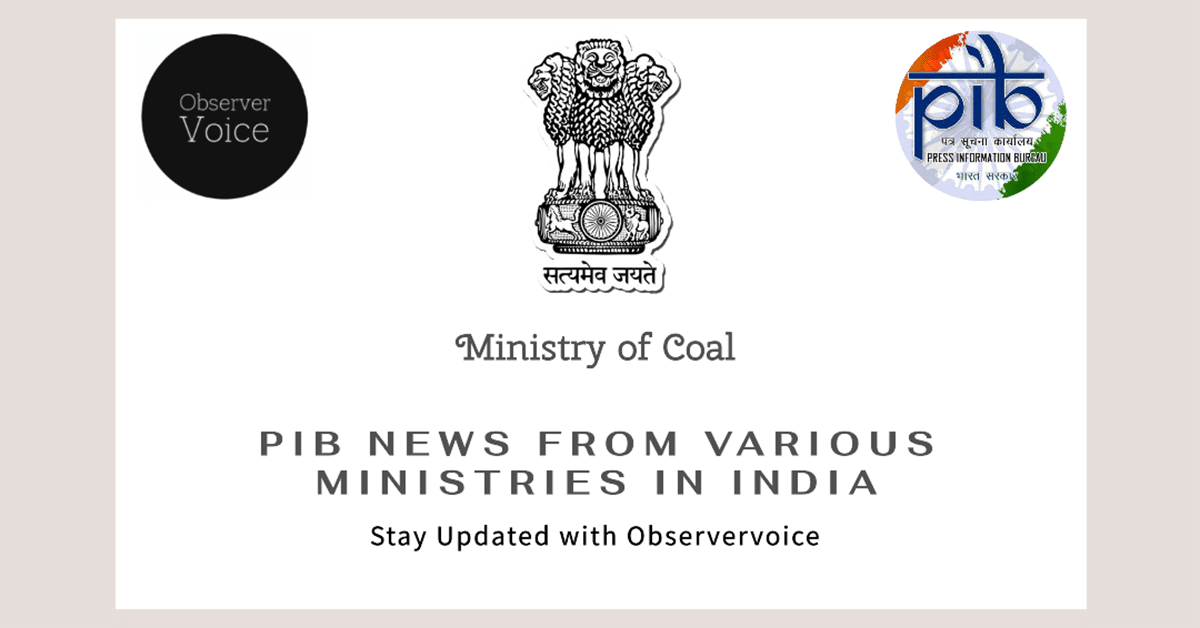Enhancing Safety in India’s Coal Mining Sector

The coal mining industry in India plays a crucial role in the country’s economy. It provides employment to thousands and fuels various sectors. However, safety remains a significant concern. The Ministry of Coal oversees major companies like Coal India Limited (CIL), NLC India Limited (NLCIL), and Singareni Collieries Company Limited (SCCL). These organizations are committed to ensuring the safety and health of their workers. This article explores the safety measures and health initiatives implemented in the coal mining sector.
Safety Regulations and Compliance
All coal mines in India operate under the Mines Act of 1952. This legislation is crucial for maintaining safety standards in mining operations. The Directorate General of Mines Safety (DGMS) administers the Act. It develops regulations, guidelines, and conducts inspections to ensure compliance. The Mines Act, along with the Mines Rules of 1955 and the Coal Mine Regulations of 2017, sets the framework for safe mining practices.
To minimize accidents, coal companies implement various safety measures. They prepare Site-Specific Risk Assessment-based Safety Management Plans (SMPs) and Principal Hazards Management Plans (PHMPs). These plans help identify potential hazards and outline procedures to mitigate risks. Additionally, companies conduct training sessions on mine safety and perform regular safety audits. These audits involve multi-disciplinary teams that assess compliance with safety guidelines.
Moreover, coal companies adopt advanced technologies for monitoring mine environments. They focus on both opencast and underground mining safety. For instance, eco-friendly surface miners are used to ensure blast-free mining. Companies also implement mine-specific traffic rules to manage vehicle movement safely. These comprehensive safety measures aim to create a safer working environment for all employees.
Health Initiatives for Coal Mine Workers
The health of coal mine workers is a top priority for companies under the Ministry of Coal. Prolonged exposure to coal dust can lead to serious health issues, including Coal Workers’ Pneumoconiosis and silicosis. Fortunately, no recent cases of these diseases have been reported in the sector, thanks to effective control measures.
To prevent health problems, coal companies conduct regular health check-ups for employees, especially those in high-risk roles. Pre-employment medical examinations are mandatory for new recruits. Additionally, periodic medical examinations (PMEs) are conducted as per the Mines Rules of 1955. These examinations help monitor the health of workers and prevent occupational diseases.
For older employees, annual PMEs are conducted for those aged 51 to 60 years. This includes pre-retirement examinations for employees nearing retirement. Specific tests, such as chest X-rays and sputum examinations, are performed for workers handling food and other materials. Statutory health surveys are also conducted to monitor notifiable diseases. Regular training sessions on climate change impacts on health further enhance awareness among workers.
Continuous Monitoring and Emergency Preparedness
Safety in coal mining is not just about regulations; it also involves continuous monitoring and emergency preparedness. Companies ensure round-the-clock supervision of mining operations. Competent supervisors and officials conduct regular inspections to maintain safety standards. Workmen inspectors and senior officials perform backshift inspections to ensure compliance during all shifts.
Emergency Response and Evacuation Plans (ER & EP) are crucial components of mine safety. These plans are prepared according to the Coal Mine Regulation of 2017. They outline procedures for responding to emergencies, ensuring that workers know how to act in case of an incident. Regular drills and training sessions help familiarize employees with these plans.
In addition to emergency preparedness, coal companies invest in advanced technology for monitoring mine environments. This includes GPS-based tracking systems for heavy equipment and automated fire detection systems. Such technologies enhance safety and ensure quick responses to potential hazards.
Observer Voice is the one stop site for National, International news, Sports, Editor’s Choice, Art/culture contents, Quotes and much more. We also cover historical contents. Historical contents includes World History, Indian History, and what happened today. The website also covers Entertainment across the India and World.

